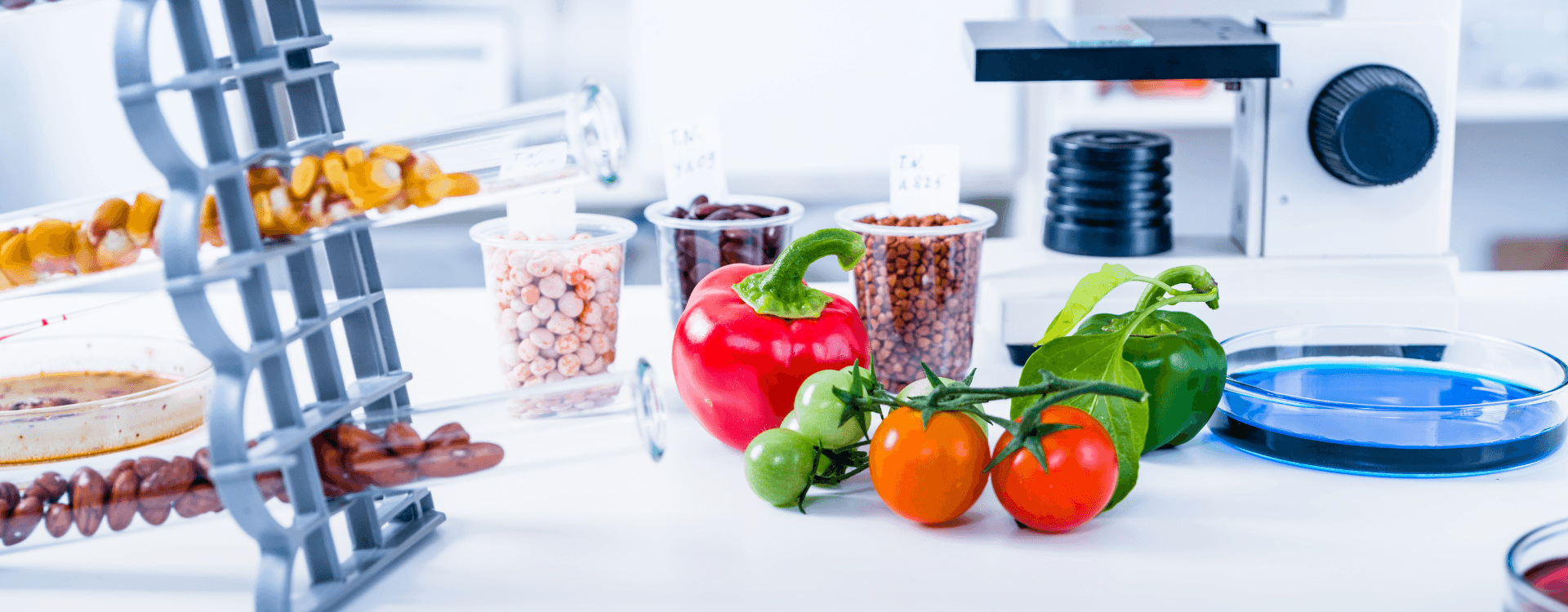More than 1.3 billion tonnes of food are lost or wasted every year. That's nearly one-third of all the food produced in the world. It's not just food that is thrown away; it's also water, energy, labour, and land that are lost. Food waste is one of the primary causes of climate change since it emits 8–10% of the world's greenhouse gases when it is disposed of in landfills.
Food scientists today are addressing a new question: What if throwing out food didn't represent the end of something, but the beginning of something useful? Food science is converting waste into something valuable through new research and real-world applications. This is beneficial to the environment, health, and the circular economy.
Poor packaging is a major cause of food loss after harvest. Biodegradable films and antimicrobial edible coatings made from natural materials like fruit peels and seaweed are among recent developments. Some smart packaging has indicators that change colour to show when food is about to go bad.
A new discovery is the utilization of natural coatings produced from fruit waste that keep food fresher for longer, which means less spoiling while it's being stored.
AI and the Internet of Things (IoT) are practically utilized for predicting the spoilage conditions and optimization of inventory turnover. These technologies let food providers step in before a product goes spoilt, which greatly reduces the amount of food waste in businesses.
Impact highlight: Currently, a smarter inventory system is used to cut down the waste in warehouses by improving the tracking and management of food.
Increasingly, food waste such as peels, pulp, leftover grains, and other leftovers is being transformed into valuable products including protein supplements, natural colourants, bioplastics, and fibre supplements. Fermentation and enzymatic treatment are two important methods for making these new uses possible.
Research spotlight: Creative foods developed from things that would ordinarily be thrown away, including seeds and peels, are turning trash into valuable sustenance.
Scientific progress goes outside the lab and into kitchens and cafeterias. More mobile apps use machine learning to help users keep track of expiration dates, portion sizes, and leftovers. Tests on campus have shown that meal planning apps and food-sharing networks cut down on plate waste by a lot.
Simple innovations, like utilising QR tags to keep track of meals, have helped reduce food waste in locations like cafeterias.
Smarter innovations to Reduce Food Waste
Science is helping to make food systems more sustainable by altering how we look at food waste — not as garbage but as a resource. This includes both production and consumption.
Dr. Monica Premi
Faculty of School of Life Sciences
MAHE-Dubai
Discovering Academic Excellence and Cultural Diversity Unveiling the Unparalleled Experience at Manipal Dubai!
